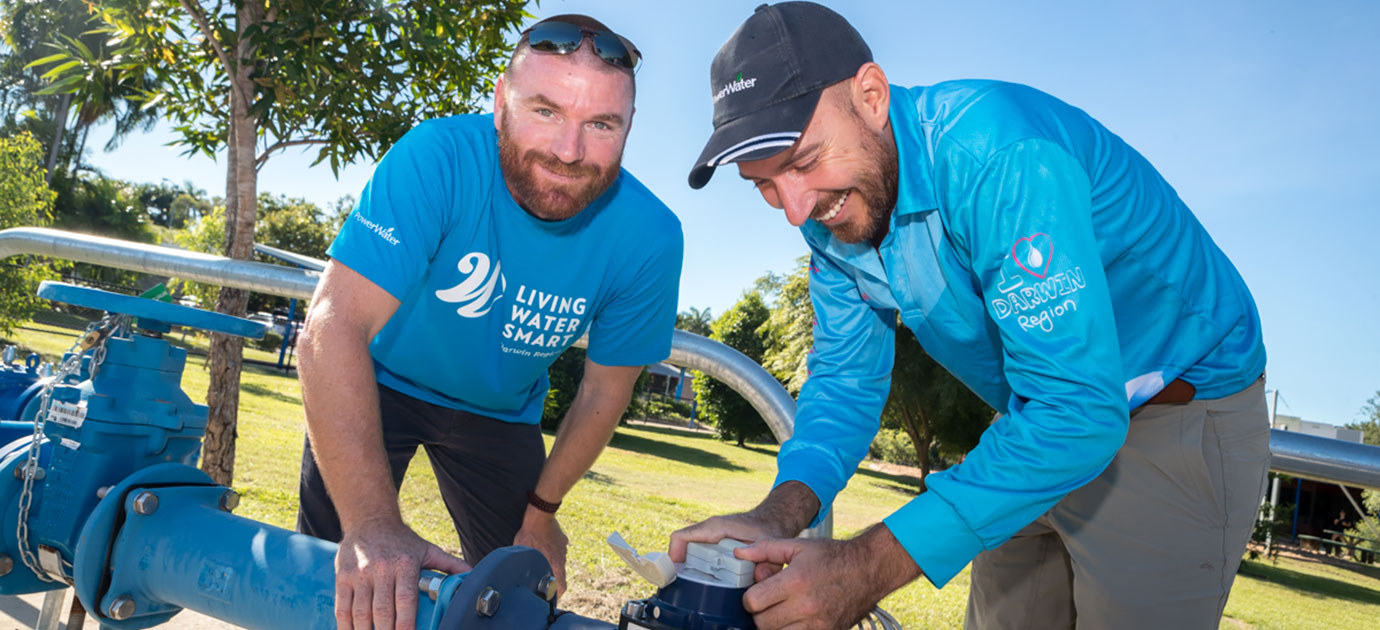Gain some advice about my irrigation
Help my property manager fix my leak
Water green spaces efficiently
Help students understand water efficiency
Save money on my client's water bill
Save money on our water bill
Manage leaks
Refer public to LWS
Manage my irrigation
Understand how to manage the irrigation
Implement water efficiency in our school
Save money on my water bill
Know how we are saving water
Use programs in my classroom
Save money on my water bill
Manage our irrigation
Check if I have a leak
Spruce up the garden
Understand why we should save water
Understand why we should save water
Understand why we should save water
Know how the program helps us
Understand how much water my garden needs
Encourage tenants to be more water efficient
Understand why we should save water
Create a checklist with my gardener
See how Councils and Governments are helping
Access products and services for my client
Understand why we should save water
Understand why we should save water
A homeowner
A business owner
A part of the school community
A property manager
Renting a property

